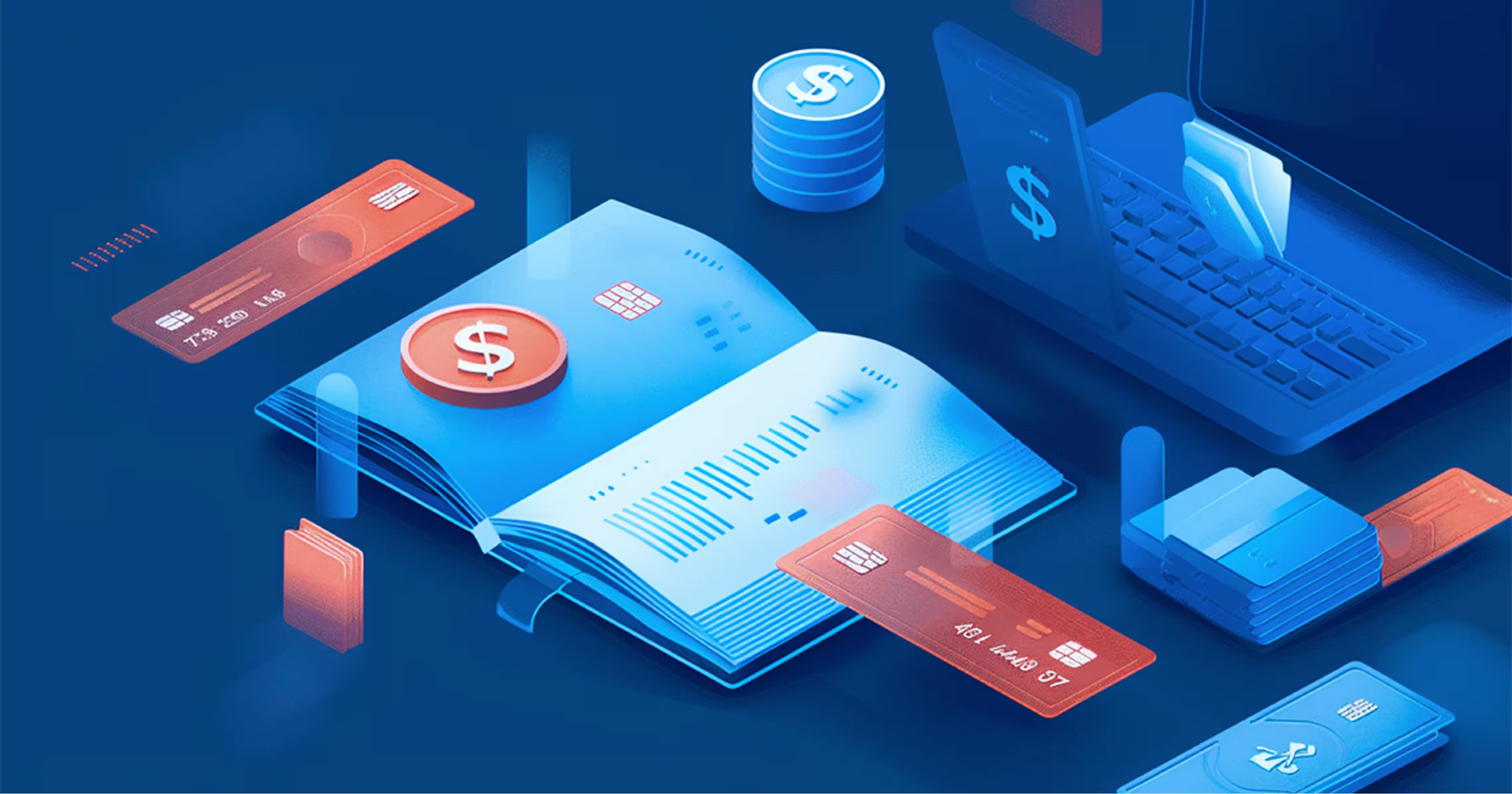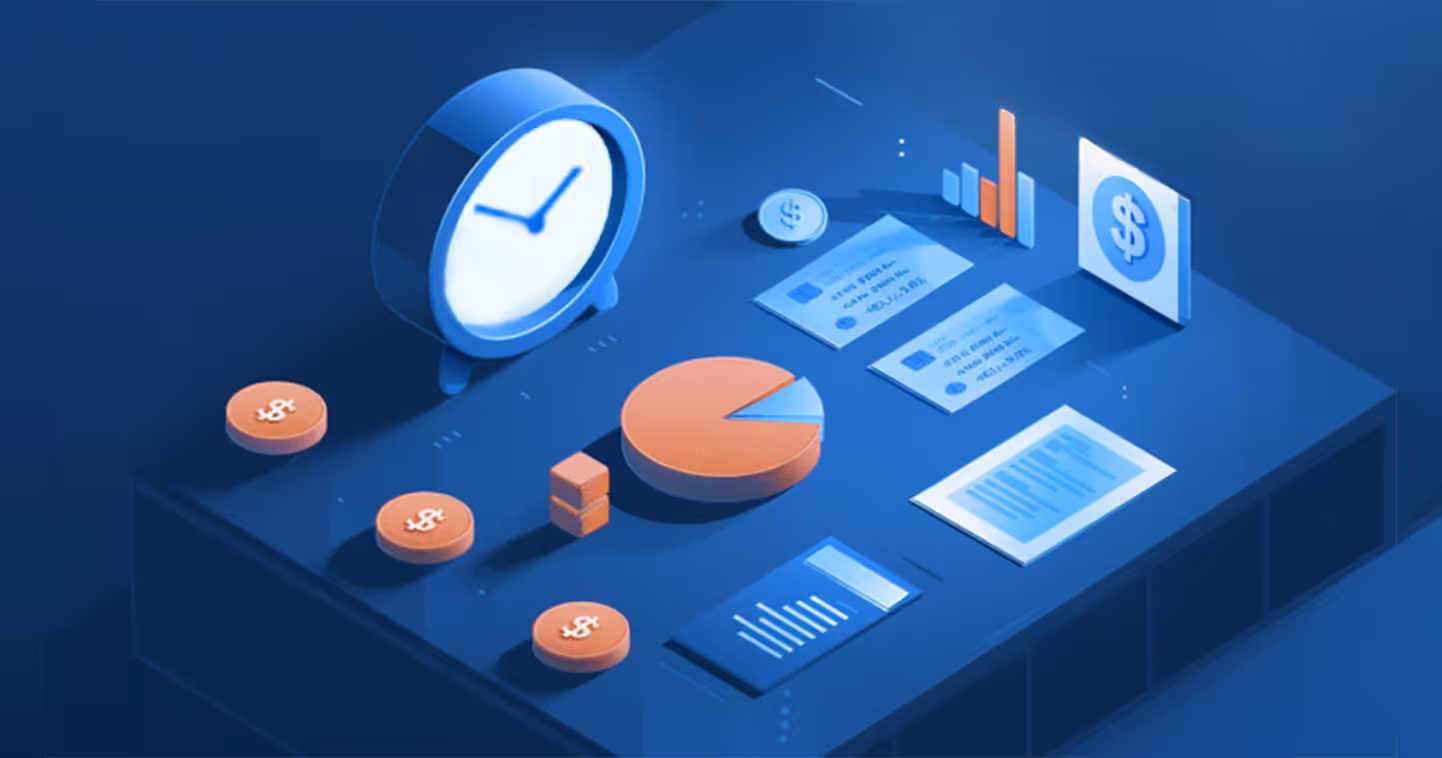How to monetise data as a service company

I once worked with a logistics firm that called itself data-rich. Their control room glowed with dashboards tracking every shipment in real time. During board review, one member asked, “If we lost all this data tomorrow, how much market value would vanish?” The silence that followed said everything. They weren’t data-driven, they were simply data-surrounded.
That moment reflects a broader truth across industries: most enterprises have mastered data collection, not data commerce. They’ve built the infrastructure but not the income model.
Let’s decode how data-as-a-service (DaaS) companies can move beyond the basics of cloud APIs and analytics dashboards to build scalable, premium-grade monetization models, where value isn’t measured in terabytes, but in trust, outcomes, and recurring revenue.
What is data as a service?
At its core, Data as a Service (DaaS) means delivering managed, scalable, and real-time access to data sets, analytics, or derived intelligence through cloud APIs or platforms. It’s not about data storage, it’s about data delivery.
Where traditional data warehouses focused on internal storage and analytics-as-a-service (AaaS) offered visualization and BI tools, DaaS abstracts data access entirely. Think of it as the middleware for insight, where third parties can query, subscribe to, or embed live data streams directly into their workflows.
DaaS solutions are built for speed, scale, and interoperability, empowering companies to package their proprietary datasets, say, industry benchmarks, pricing trends, or behavioral analytics and sell access via subscription or usage models.
How does DaaS differ from other models?
DaaS sits at the intersection of data as a service management and data as a service solutions, combining automation, governance, and analytics in one framework. It’s the platformization of data where you don’t just own information, you operate it like a SaaS business.
Are you pricing data like a commodity or a strategic asset?
If you’re setting your data as a service price by adding a small markup on storage or processing costs, you’re missing the bigger opportunity. Cost-plus or flat usage-based pricing might appear fair, but it caps your growth. It doesn’t account for the value of your data, enables downstream decisions, automation, or cost savings worth millions.
A Deloitte Global report on intangible valuation highlights that data is one of the most undervalued balance-sheet assets in modern enterprises. CFOs often record data management as an operational expense rather than a value-generating asset, an accounting mindset that stifles innovation in pricing and productization.
Alternative pricing paradigms
If your clients are using your data to unlock million-dollar efficiencies, your pricing should reflect shared value not server costs. The most successful DaaS firms blend these models dynamically, adjusting based on customer maturity, data criticality, and outcomes.
What are the five models for monetizing DaaS?
1. API volume pricing
Amazon has been killing with API volume pricing model, often known as the “cloud-native” model. Customers pay per API call or per data transaction, offering scalability and transparency.
- Pros: Easy to automate, aligns with user growth.
- Cons: Encourages short-term churn, customers often optimize for lower API use.
- Best For: Developer-led companies like weather or financial market APIs.
2. Tiered value bundles
Segmented tiers (Basic, Pro, Enterprise) unlock different data depth or latency levels.
- Pros: Increases LTV through upgrades, easy to forecast revenue.
- Cons: Requires constant product differentiation to justify tiers.
- Example: Companies like Clearbit or Crunchbase structure their tiers by data richness and refresh rates.
3. Data enrichment and upsell
The next frontier is context. DaaS firms can sell metadata, accuracy scores, or cross-domain correlations as premium add-ons.
- Example: A logistics DaaS could sell weather-correlated route predictions as an enrichment layer.
- Advantage: Higher margins, recurring upsell opportunities.
4. Network-based monetization
When multiple users contribute to or enhance shared datasets, the network effect compounds data value.
- Example: Telemetry platforms or credit-risk exchanges where every new participant improves model precision.
- Revenue Model: Access fees + performance royalties.
5. Outcome-based pricing
This is the most sophisticated form of monetization. Instead of charging for access, you charge for results.
- Example: A DaaS provider in marketing analytics charges per verified lead generated.
- Benefit: Converts your pricing from service-based to impact-based, aligning directly with customer success.
The DaaS winners don’t sell access, they sell acceleration.
How to position DaaS for premium monetization?
In 2025, the DaaS landscape looks eerily similar to SaaS in 2015. Back then, software companies that bundled automation, AI insights, and performance-linked guarantees captured disproportionate market share.
Now, DaaS is entering that same curve. AI, machine learning, and SaaS integration are changing what buyers value from raw data to actionable intelligence.
For example, a manufacturing firm doesn’t want 10 GB of sensor data, it wants a 3% efficiency improvement. The DaaS providers who position themselves as intelligence orchestrators rather than data vendors, command higher multiples.
This is where data as a service management frameworks come in. Integrating AI and ML models, predictive scoring, and adaptive pricing helps data providers pivot from static access to intelligent outcomes.
How does AI change the DaaS equation?
Artificial intelligence is transforming how Data-as-a-Service providers extract and deliver value. Predictive models don’t just analyze, they elevate the worth of data itself.
- Predictive Intelligence: AI shifts data from being descriptive to being forward-looking, enabling clients to act on foresight, not hindsight.
- Dynamic Monetization: Machine learning supports adaptive pricing models that align with performance, usage, and real-time demand.
- Automated Enrichment: AI enhances raw datasets with deeper context and correlations, turning ordinary information into high-value insights.
Modern DaaS platforms must evolve into data intelligence ecosystems such as automating pricing, measuring outcomes, and personalizing delivery through AI-led insights.
Avoiding profitability traps - What are the common mistakes and how to escape them?
1. Racing to the bottom on pricing
Why it’s a trap:
Many DaaS firms undercut competitors assuming lower prices increase adoption. Instead, cheap data signals low trust, poor accuracy, and commodity value. This attracts low-value customers, depresses margins, and erodes long-term ARR quality.
How to escape:
- Price along value drivers, accuracy, freshness, historical depth, exclusivity, domain specificity.
- Introduce premium tiers (e.g., real-time feeds, enriched attributes, predictive scores).
- Use proof-of-value pilots that show measurable business impact before negotiating price.
- Educate buyers: “You’re not paying for data points — you’re paying for reduced risk and faster decisions.”
2. Failing to package or differentiate
Why it’s a trap:
Raw datasets are difficult to evaluate and compare, so buyers default to the only metric they understand: price. When differentiation is unclear, DaaS becomes interchangeable, and churn increases.
How to escape:
- Package data into insight-ready products: dashboards, anomaly alerts, predictive indicators, benchmarks, or industry-specific enrichments.
- Add value layers: metadata quality scores, schema standardization, context, lineage, attribution.
- Use clear tiering: Baseline Data → Enhanced Data → Predictive Intelligence → Embedded API Insights.
- Communicate differentiation in CFO language: “Our dataset reduces underwriting risk by X%” or “cuts manual reconciliation by Y hours.”
3. Over-promising on compliance or governance
Why it’s a trap:
Trust is the currency of DaaS. Overstating GDPR, SOC2, or HIPAA readiness can quickly destroy customer confidence. Once trust is lost, retaining or upselling becomes nearly impossible.
How to escape:
- Create transparent governance workflows: data lineage, audit logs, access controls, retention rules.
- Invest in third-party audits and certifications, then communicate them without exaggeration.
- Provide clear documentation of data sources, consent mechanisms, and processing boundaries.
- Position compliance not as a checkbox but a value enhancer: lower legal risk, smoother procurement, faster vendor onboarding.
4. Not tracking ROI per customer segment
Why it’s a trap:
Most DaaS providers measure revenue, not unit economics by segment. Without understanding usage, outcomes, and expansion potential, companies invest equally across high-value and low-value customer groups, leading to wasted resources and stalled growth.
How to escape:
- Segment customers by usage behavior, dependency level, renewal likelihood, and data intensity.
- Track ROI metrics such as:
- cost-to-serve per segment
- data processing cost vs. revenue contribution
- upsell potential and LTV profile
- cost-to-serve per segment
- Shift resources toward segments where data delivers mission-critical outcomes (e.g., credit risk, fraud detection, supply chain optimization).
- Create segment-specific pricing and packaging, rather than one-size-fits-all plans.
5. Ignoring the CFO’s metrics
Why it’s a trap:
Data products create value only when they influence the P&L. Many DaaS teams speak in technical terms (coverage, schema, matches) instead of business metrics (revenue acceleration, cost efficiency, risk reduction). When the value narrative is unclear, the budget gets cut first.
How to escape:
- Tie every data product to a financial outcome:
- Faster sales cycles
- Lower fraud exposure
- Reduced churn
- Improved forecasting accuracy
- Faster sales cycles
- Build ROI calculators and case studies that quantify business impact.
- Partner with the CFO early, co-create KPIs for success and align on how data drives margin improvement.
- Move from “Here is the dataset” to “Here’s the measurable financial uplift this dataset creates.”
What is the framework for escaping profitability traps?
Win with Zenskar’s pricing intelligence
In today’s crowded data markets, unlocking premium valuation means rethinking the fundamentals of how you define, price, and deliver value.
Zenskar helps DaaS leaders do exactly that. Its intelligent pricing engine enables dynamic, performance-linked monetization where pricing adapts to usage, outcomes, and client ROI in real time.
Through automated governance, granular revenue tracking, and AI-driven pricing simulation, Zenskar lets CFOs and pricing teams move from reactive to proactive monetization.
Picture this: instead of static rate cards, your data prices adjust automatically based on customer performance and market conditions. Instead of spreadsheets, you have a live dashboard showing the profitability of every dataset and segment.
That’s not futuristic, that’s Zenskar’s sandbox and pilot model at work.
By leveraging the latest advances in AI, SaaS integration, and network-effect pricing, Zenskar transforms data from a cost center into a profit engine.
The Result:
- Real-time, dynamic pricing governance
- End-to-end ROI tracking per dataset
- Higher customer LTV through precision packaging
For DaaS firms seeking to future-proof their business, drive stronger valuations, and confidently monetize data in real time, Zenskar is the partner that turns complex pricing into competitive advantage.
Request a demo today or take an interactive product tour and discover how Zenskar empowers DaaS companies to monetize smarter.
Frequently asked questions
DaaS provides real-time, API-based access to data, analytics, or insights. Pricing varies commonly subscription, consumption-based, or outcome-driven, depending on the customer’s value realized.
Leading DaaS firms monetize through tiered bundles, data enrichment, and network-based models, focusing on outcomes, not just access.
Compliance, governance, ROI visibility, and packaging differentiation remain key operational challenges.
Yes, but hybrid and outcome-based pricing models are rising as firms seek alignment between customer success and provider revenue.
Robust data governance ensures trust and defensibility, both critical for commanding premium pricing in regulated sectors.














%20be%20truly%20invisible_.webp)



.webp)











